
Development of a differentiable rendering framework for the estimation of plasma composition from camera images and midplane measurements using Path-Replay Backpropagation.
[+] more
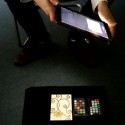
We propose two novel setups for acquiring spatially varying surface reflectance properties of planar samples using mobile devices. Our first setup employs free-form handheld acquisition with the back camera-flash pair on a typical mobile device and is suitable for rough specular samples. Ours second setup, suitable for highly specular samples, employs the LCD panel on a tablet as an extended illumination source.
[+] more
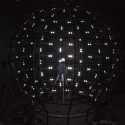
We have built a multispectral LED sphere (light stage) consisting of 168 RGB and color temperature controllable white LED lamps, respectively. The LED sphere has a 2.5 meter diameter steel structure, and employs off-the-shelf programmable LED lamps.
[+] more
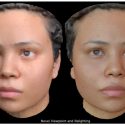
We propose a very low-cost inverse optimization method that does not rely on data-driven priors, to obtain high-quality diffuse and specular, albedo and normal maps in the setting of multi-view unknown lighting. We introduce compact neural networks that learn the shading of a given scene by efficiently finding correlations in the appearance across the face.
[+] more
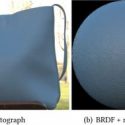
We present a novel example-based material appearance modeling method suitable for rapid digital content creation by digital artists. Instead of conventional appearance capture methods which also require either knowing or acquiring the shape of an exemplar, we propose a method that simply requires a photograph of a homogeneous material exemplar with arbitrary unknown shape under known environmental illumination.
[+] more
We present two color-multiplexed illumination sequences for optimally aligned one-light-at-a-time (OLAT) captures. We leverage color-multiplexing strategies to embed tracking frames within the OLAT photographs to correct for subject motion. Our method allows better motion estimation via optical flow than traditional methods, which interleaves tracking frames between OLATs.
[+] more
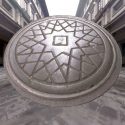
We present a novel approach for on-site acquisition of surface reflectance for planar, spatially-varying samples in uncontrolled outdoor environments. We exploit the naturally occurring linear polarization of incident illumination and employ polarization imaging from two near orthogonal views close to the Brewster angle of incidence for reflectance estimation.
[+] more
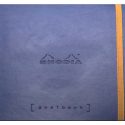
We present a practical method for measurement of spatially varying isotropic surface reflectance of planar samples using a combination of single-view polarization imaging and near-field display illumination. Our approach enables high-quality renderings of planar surfaces while reducing measurements to a near-optimal number for the estimated SVBRDF parameters.
[+] more
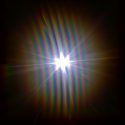
We propose two novel contributions for measurement based rendering of diffraction effects in surface reflectance of planar homogeneous diffractive materials. Firstly for commonly manufactured materials, we propose a practical data-driven rendering technique and a measurement approach to efficiently render complex diffraction effects in real-time. Our measurement step simply involves photographing a planar diffractive sample illuminated with an LED flash and a spectral filter. Secondly, for sharp specular samples, we propose a novel method for practical measurement of the underlying diffraction grating using out-of-focus “bokeh” photography of the specular highlight.
[+] more
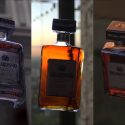
We present a practical method for acquisition of shape and plausible appearance of reflective and translucent objects for realistic rendering and relighting applications. Our approach captures high quality photometric normals as well as transmission vectors for plausible rendering, furthermore, we present a neural rendering approach that enables high quality 3D plausible rendering and geometry reconstruction of reflective and translucent objects.<br />
[+] more









